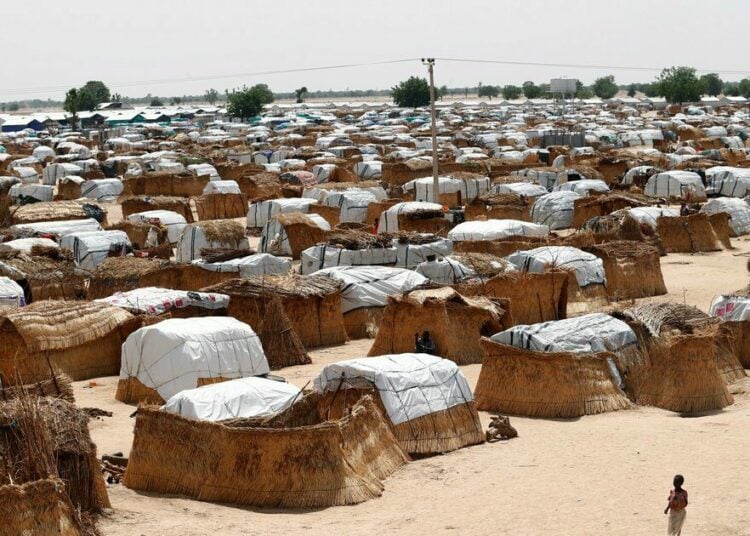About 34.7 million Nigerians, including over 650,000 internally displaced persons (IDPs) in Borno, Sokoto, and Zamfara States, were projected to face acute food and nutrition insecurity or worse between June and August 2026 lean-season.
This is according to the latest Cadre Harmonisé (CH) food and nutrition security analysis released in Abuja on Friday.
The figure represented a 13.4 per cent increase from the 30.6 million people identified in the February–March 2025 CH analysis, with an additional 4.1 million Nigerians added to the acute food and nutrition insecurity situation.
The report showed that millions of households were struggling to maintain adequate food consumption due to persistent inflation, insecurity and economic pressures.
While inflation and the consumer price index eased slightly during the current assessment period, prices of essential food items such as vegetable oil, dairy products, meat and condiments remained more than 35 per cent higher, driven largely by the naira-dollar exchange rate and rising transportation costs.
The analysis also noted that over half of households who appeared to meet acceptable food consumption thresholds did so through negative coping strategies, including eating fewer meals, reducing meal portions for children and adults, or borrowing money to buy food.
The nutrition situation also remained alarming across the North-East and North-West zones. Acute malnutrition has reached emergency levels in parts of Borno, Yobe, and Katsina States, particularly in Central Borno, Maiduguri, Jere, Mobbar, and Jibia LGAs of the identified States. Although certain areas of Benue and Jigawa States recorded relatively “acceptable” levels, the overall trend indicates widespread undernutrition among children and pregnant women.
Mortality levels also remained low in most areas but have risen to crisis levels in several zones, including Central and Northern Borno, Southern Adamawa, and parts of Yobe, Sokoto, and Zamfara States. Emergency-level mortality was reported in Eastern Borno and Northern Adamawa.
The report identified four key drivers behind the worsening food crisis such as; persistent insecurity disrupting rural livelihoods; government food imports undermining local production; climate shocks such as floods and prolonged dry spells altering cropping systems; and widespread displacement exacerbating vulnerability among already fragile populations.
The report covers 27 States and the Federal Capital Territory (FCT) and conducted by the Federal Ministry of Agriculture and Food Security, the Food and Agriculture Organisation (FAO) of the United Nations and other development partners.
“The rise in cost of energy, fertilizers and agrochemicals with over 56 per cent increase, remains a concern to many smallholder farmers.
“The nutrition situation across the Northwest and Northeast ranges from Alert (Phase 2) to Serious (Phase 3), and to Critical (Phase 4) levels.
“Critical levels of acute malnutrition were found in many areas of the Northeast, particularly in Central Borno, Maiduguri, Jere and Mobbar, and in parts of Katsina State,” the analysis noted.
Speaking at the presentation in Abuja, FAO representative in Nigeria and ECOWAS, Hussein Gadain expressed concern over the continued disruption of livelihoods caused by conflict, climate shocks and rising production costs.
Gadain urged Nigeria and its partners to strengthen data collection, expand state participation, and reinforce policy support for farmers as the country battles deepening food and nutrition insecurity.
Responding to the report, the permanent secretary, Ministry of Agriculture and Food Security, Dr Marcus Ogunbiyi, reaffirmed the federal government’s commitment to sustaining the Cadre Harmonisé process and deepening collaboration with partners to advance a resilient, evidence-based and hunger-free Nigeria.





